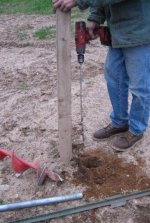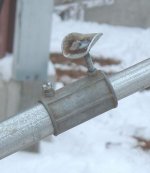When troubleshooting a circuit with a direct short circuit to either neutral or ground, it's difficult to find the fault because you can't keep the power on long enough to look, so the only other way to find the offending undesired connection is visually, box by box.
I typically use a rubber socket with a 150-watt bulb screwed into it, and wire it in series with the problem circuit at the panel. I disconnect the circuit's hot wire from the breaker terminal, connect the socket's black wire to the breaker, and wire-nut the circuit's hot wire to the socket's white wire.

With the high-wattage bulb in series with the circuit, the breaker will stay on because the most current that can flow is that of the bulb, so it acts as a current limiter. It also functions as an indicator, steady bright for a direct short, flickering for an arcing fault, etc., with you or a helper watching it.






